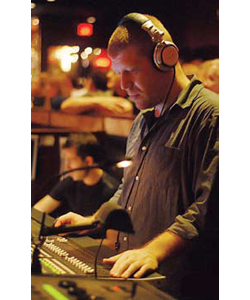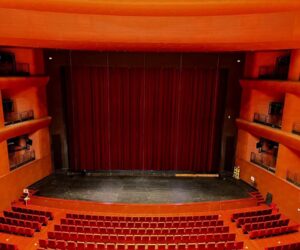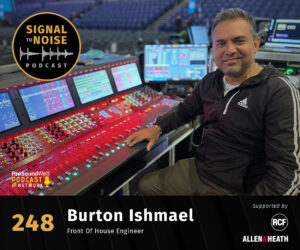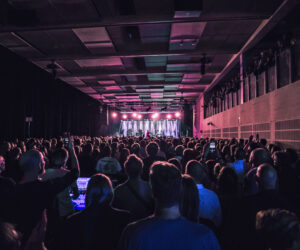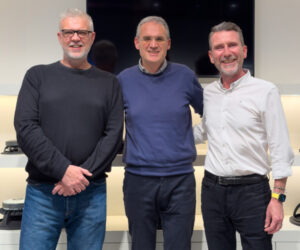Val Gamarnik, a veteran front of house mixer who spent years at Manhattan’s B.B. King Blues Club doing sound for a slew of blues and rock legends, recently got his first taste of “high diplomacy and international intrigue” while working a ceremony celebrating the opening of an embassy in Los Angeles.
The event was held in the towering foyer of LA City Hall where granite surfaces abound, so everything would need to be at low volume to avoid being overcome by reflections.
Further, the front of house position was actually located at the back of the stage, behind the loudspeakers and a percussionist.
Adding to the fun: part of the scheduled entertainment included a performance by two singers accompanied by a small band, and they weren’t from the country actually opening the embassy, but from a neighboring country.
“I really had to get it right,” Gamarnik notes. “Otherwise, I might be held responsible for triggering an international incident. Talk about pressure.”
He formulated a solution to “pre-mix” the show in light of these challenges by patching his Waves Audio MultiRack Native plug-in platform into the gig’s provided analog console.
His sound card is 8 inputs by 8 outputs, and he established this routing:
• I/O 1-2: C6 multiband compressor on the master insert
• I/O 3-4: SSL compressor on the band group insert
• I/O 5: Vocal Rider on the singer 1 insert
• I/O 6: Vocal Rider on the singer 2 insert
• I/O 7-8: Renaissance reverb on the vocal effects aux
Gamarnik first “tuned the room” with the C6 compressor, using it to help him shape the overall EQ as well as focus on trouble spots and keep the dynamics in check.
When the band arrived, he utilized the SSL compressor to help “focus” the band’s sound on the audience while keeping the levels as low as possible.
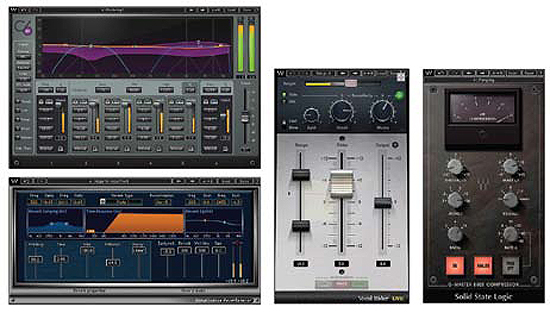
There wasn’t time for a sound check with the vocalists, so he served as their proxy,taking center stage with a microphone. Using Vocal Rider, he sang loud, soft, up-close, and off-axis until he found some comfortable settings.
After a few more minor tweaks, it was getting close to show time, and Gamarnik left the board to see the results of his handiwork.
After some speeches by officials and diplomats (which he notes were mercifully “short and sweet”), it was time for the entertainment portion.
“The band members took their places and began playing. The singers took their mics and moved to the front of the stage.
So far, so good,” he says. “The singers began singing, and as the performance progressed, I was blown away by the evenness of their dynamics – not too soft, not too loud, just right.
“I glanced at the laptop screen and watched Vocal Ride navigate the dynamic range, staying on top of the level changes without sonic artifacts.”
So the gig was a success, and a potential international incident avoided, thanks at least in part to some innovative thinking on the part of the engineer as well as some handy audio tools.


